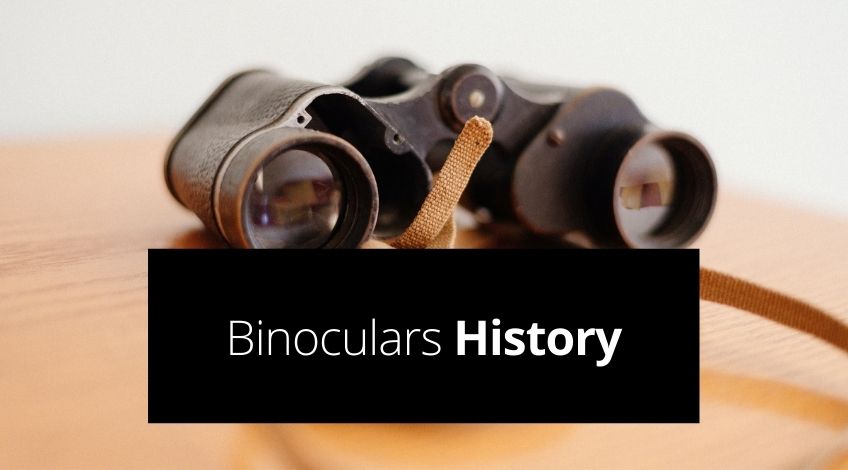Today’s technological wonder, thermal binoculars, broadcast a hidden symphony of heat beneath the surface of darkness. Heat detectors developed in the 19th century by scientists such as Macedonio Melloni and Sir William Herschel marked the beginning of the development of thermal vision. The use of “vampire scopes” during World Wars I and II allowed for glimpses of vision through concealment and darkness.
The invention of thermal instruments such as bolometers and microbolometers, as well as the first thermal cameras, made it possible to conduct search and rescue operations, detect fires, and conduct military surveillance after the war. Commercial thermal binoculars were made possible by uncooled microbolometers by the 1970s, opening up a wide range of uses in law enforcement, firefighting, security, and animal research.
Microbolometers and AI integration are examples of thermal technology advancements that give better resolutions and range, potentially revolutionising personal safety and nature films. Still, moral issues linger, necessitating careful data management and privacy.
Types of Thermal Binoculars
Core Technology: Unmasking the Inner Workings
Microbolometers, found in thermal binoculars, translate infrared light into electrical signals. Cooled microbolometers provide better image clarity and sensitivity than uncooled ones, although uncooled microbolometers are more cheap and portable.
Resolution: Revealing the Detailed Information
With the ability to switch between high- and low-definition resolution, thermal binoculars can reveal fine details such as animal tracks or facial expressions. While low-resolution binoculars offer a larger picture and allow users to select the resolution that best suits their needs, high-resolution binoculars allow for more detailed observation.
Magnification: Increasing the Temperature
The ability to move closer to targets while maintaining focus on distant heat signatures is made possible by magnification. Increased magnification, nevertheless, could narrow your range of vision. For long-range detection and a larger field of vision, moderate magnification works well; higher magnification is useful for close-up observation.
Observing the Panoramic Heatmap
Looking through a tunnel and a large landscape have different fields of view or the horizontal and vertical angles of binoculars. A smaller field concentrates on particular objects, whereas a larger field enables rapid scanning of vast regions.
Thermal Imaging vs. Image Fusion
By creating a hybrid vision through the combination of thermal and visible light pictures, thermal binoculars help with situational awareness and target identification in a variety of lighting situations. Depending on personal taste, the pure thermal view can provide greater clarity in total darkness.
Applications and Selecting the Appropriate Kind:
High-resolution, long-range detection, wide field of view, image fusion, and high magnification are essential for applications in security, law enforcement, search and rescue, animal research, and hunting.
What are thermal Binoculars made up of?
The Clear Portal: The Lens:
Heat has a whispery song that only a talented lens, such as silicon or germanium, can hear. In the infrared range, these semiconductors provide almost complete transparency, retaining bright notes.
Shielding Layer: Body :
Depending on its intended use, the protective shell of binoculars might be constructed of military-grade metals like titanium or aluminium, or it can be composed of ruggedized plastics or magnesium alloys.
Quiet Improvements: The Group of Support:
An array of materials that process and show thermal data for smooth and fascinating performance, such as anti-reflective eyepieces and complex electronics, contribute to the overall thermal experience.
Selection of Materials and Performance:
With lenses coated in filters for particular temperature ranges and microbolometers optimised for sensitivity or resolution, thermal binocular materials create a symphony of heat that may be adjusted for security patrols or wildlife observation.
Users of thermal binoculars may see beyond the visible spectrum thanks to materials that mix physics and technology. Every component is essential to the symphony of heat, from the electrical resistance of the microbolometer to the transparency of the lens.
